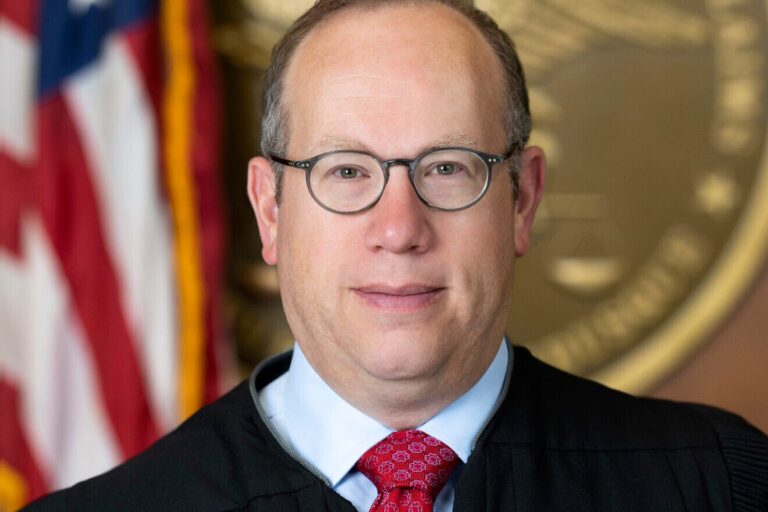(PHOTOS IN EXTENDED ARTICLE)
In its fifth year, a fast-growing movement that encourages Jews around the world to observe a single Shabbos attracted record-setting levels of participation.
From Oct. 27-28, 2017, The Shabbos Project – which was introduced in South Africa in 2013 before going global the following year – featured events attended by more than one million people in 97 countries and 1,416 cities around the world (up from 1,152 cities in 2016).
“It was deeply inspiring to watch this movement reach new heights in 2017,” says South African Chief Rabbi Dr. Warren Goldstein, the founder and director of The Shabbat Project. “Each year, more and more Jews are coming together across every conceivable divide—language, culture, ethnicity, geography, and observance—to enjoy the simple, yet profound gifts of Shabbat. The Shabbat Project is uniting world Jewry by getting us back to the basics.”
In the US alone – from Teaneck to Thompsonville, Miami to Mableton, Baltimore to Bridgeport – there were a total of 586 participating cities.
Of particular note this year, Shabbat Project activities served as a refuge and safe haven in areas of North America that were recently affected by either natural or man-made disasters. Following the hurricanes in Houston and South Florida, the earthquakes in Mexico, and the deadly mass shooting in Las Vegas, Shabbat Project events in those locations enabled participants to take a collective deep breath and enjoy the restorative 25 hours of the day of rest.
In Israel, where President Reuven Rivlin officially endorsed the project – joining public figures as varied as HaGaon HaRav Chaim Kanievsky Shlita, Ron Huldai, Yair Lapid, Aviv Alush, Natan Sharansky and Amir Ohana – there were 307 participating cities (including kibbutzim and moshavim/yishuvim) and 331 main events taking place across the country, not including countless Shabbat meals and kiddush gatherings in streets, parks and apartment buildings.
Europe (48 participating cities in France, 33 in Russia and around 100,000 people taking part in the UK, where Prime Minister Theresa May commended the project); Latin America (138 cities); and Australia (Sydney and Melbourne each had more than 10,000 participants) all had record numbers celebrating this year’s Shabbat Project, while countries such as Mozambique, Cyprus, Paraguay and Venezuela hosted Shabbat Project festivities for the first time.
Stories big and small are already beginning to emerge from across the globe – 1,000 Israelis eating dinner in a shipping hanger in Tel Aviv; a tour group of 30 people from around the world opting to keep a full Shabbos together in Marrakesh, Morocco; 3,000 at an open-air musical Kabolas Shabbos overlooking the iconic Sydney Harbor Bridge; an interfaith unity bake bringing together Muslim and Jewish children at a local preschool in nearby Woolahra; the lone Jew serving in an army regiment in Abuja, Nigeria who kept Shabbos with the rest of the Jewish world; the estimated 20,000 people taking part in San Diego; the two South African expats keeping Shabbat together in Amman, Jordan.
There were the 750 people at a free block-party Shabbos luncheon served in a parking lot in Toco Hills, Georgia; the hundreds of Jewish teenagers brought together by the EnerJew youth movement to celebrate Shabbat in 40 cities in the Former Soviet Union; the “Dark Tisches” – Friday night meditative gatherings held in total darkness – in venues across Johannesburg and Cape Town; the “pop-up shuls” in places where no synagogues were within walking distance.
In Kochav Yair, central Israel, the “seudas shlishis was laid out on 25 streets as neighbors of all levels of observance got to know each other better. On the Mexico-US border, a binational challah bake brought together the communities of Tijawana and South County, SD. In Puerto Iguazo, Argentina, the owner of a local guest house hosted a full Shabbaton free-of-charge, including kosher meals, for a group of 14 Israeli backpackers.
To co-ordinate the global initiative on such a large scale, a centralized team worked with around 8,000 volunteer partners worldwide – up from 6,000 partners in 2016. At the Shabbat Project headquarters in Johannesburg, a team of designers, copywriters and campaign strategists worked around the clock, custom-designing marketing and educational materials for hundreds of cities and executing print-runs in the tens of thousands, while eight separate help desks at the international call center in Tel Aviv fielded tens of thousands of calls and emails across 10 different languages.
That the Shabbat Project was able to spread to new cities and reach new people can be attributed in no small part to a Facebook campaign that reached a collective 5.2 million people worldwide.
“The response from around the world has been overwhelming and heart-warming, and shows the remarkable depth and reach of The Shabbat Project,” says Goldstein.
“There has been a great outpouring of joy and excitement, with so many people touched in deeply personal ways. Such a visceral reaction demonstrates that the ideas of Jewish unity and Shab
 bat are compelling to Jews from all walks of life.
bat are compelling to Jews from all walks of life.
“From the reports that are emerging, it’s clear that there has again been a significant increase in participation this year – and I am confident this social movement will continue to expand as more and more people taste the magic of Shabbat and experience the beauty of Jews coming together in a spirit of unity.”
Photos:
Challah bake events around the world.
(YWN – Israel Desk, Jerusalem/Photo credit: Shabbat Project)











